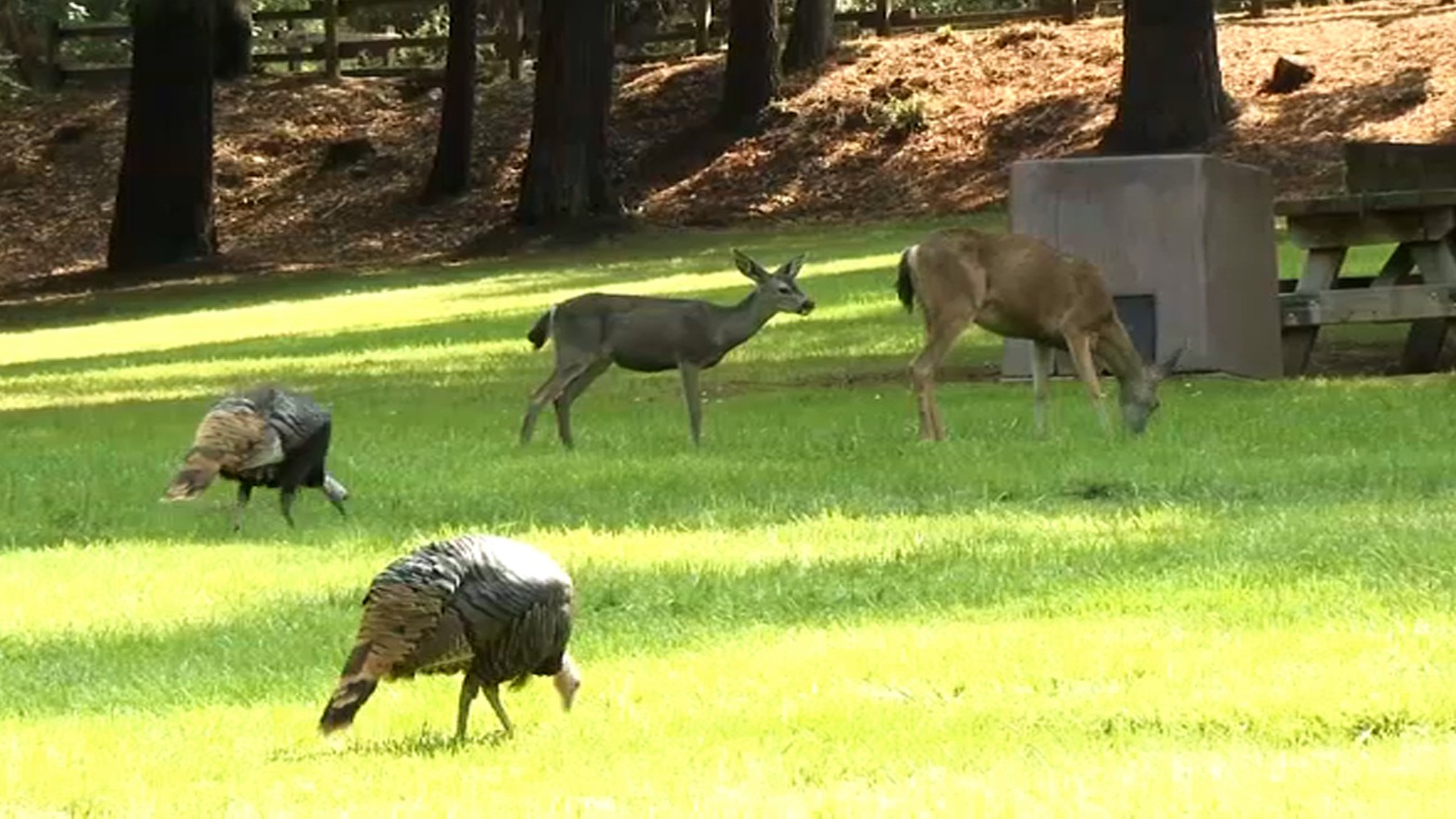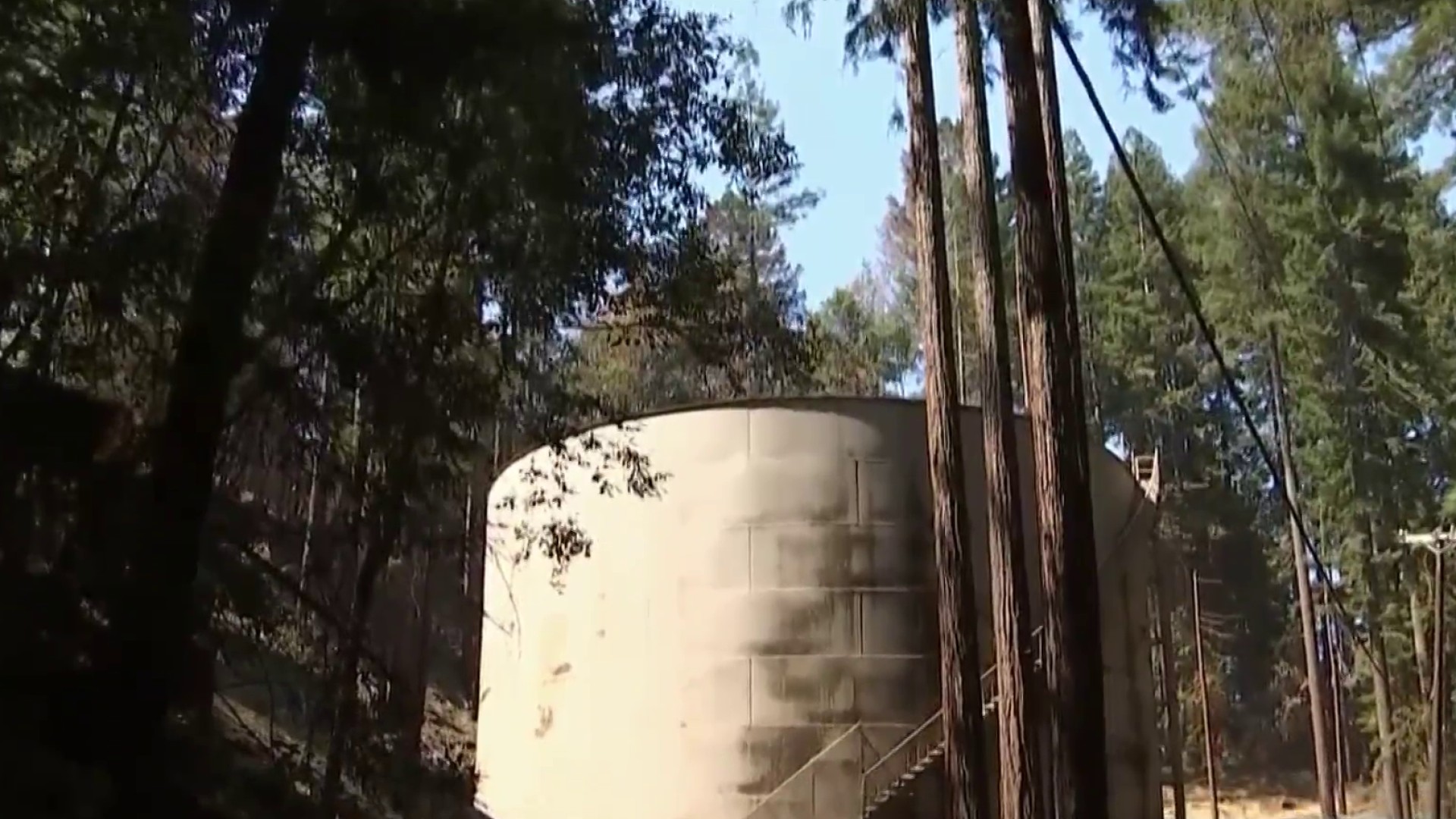In mid-August, the flames of the CZU Lightning Complex Fire rumbled through the wooded hills of Santa Cruz County with the force of a train — claiming among their victims the historic Swanton Pacific Railroad, a collection of one-third sized locomotives built for the 1915 Pan Pacific Exposition in San Francisco
"It’s just disappointing to have lost so much history in what was a blink of an eye," said Charlie Crabb, director of the railroad, as he scanned the piles of twisted and charred rubble.
Where the wooden roundhouse recently stood, the ashen hulls of several small locomotives rested in a field of debris, the front of their smoke boxes stamped with the name of their maker, Louis MacDermot — the Oakland mechanical engineer who created the Overfair Railroad for San Francisco's 1915 Pan Pacific International Exposition. Inside the roundhouse were the 1914 and 1913 Pacific locomotives and a switcher engine.
Crabb pointed to the top of one of the engines where the bell holder sat empty — its brass bell melted and gone. The cabs of the locomotives had collapsed and their tanks appeared bloated like a dead animal.
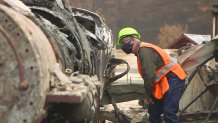
"Everything these old locomotives have been through, and then to have to endure this, it just doesn’t seem fair," Crabb said.
The journey of the railway is as winding as the mountain railroad track circling the property. MacDermot built the locomotives in Oakland to carry passengers for the 1915 fair in San Francisco. The affair didn't prove as lucrative or as long-running as he'd hoped. After the fair closed a year later, the collection ended-up languishing in storage. MacDermot eventually installed one of the engines at the Oakland Zoo. Another went to the Orange County Fairgrounds for a time. Others ended up in Calistoga.
In the seventies, the late Al Smith, who would go on to found Orchard Supply Hardware, began collecting and reuniting all the original Overfair Railroad cars and engines from their exile around the state, moving them to his 3,500-acre plot of wooded land in Davenport where he created Swanton Pacific Railroad.
"He wanted the railroad preserved so people could see what it was like working steam locomotives," Crabb said.
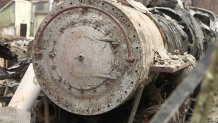
Near the end of his life, Smith gifted the property and collection to Cal Poly State University, which supplied students and volunteers who lovingly cared for the working collection and would ride visitors around the property during events.
The fire not only damaged the locomotives, it wiped out several buildings, including Smith's former house, and the car barn which held the wooden passenger and utility cars — all destroyed in the flames.
"I think about all the volunteer time went into all these artifacts and how all that’s been erased," Crabb said.
But in a lucky break, a fourth locomotive was away for repairs, which in hindsight had fortunately taken longer than expected, and another was getting fixed in the ranch's machine shop — one of the few buildings spared by the fire.
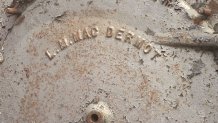
Although the scenario appeared bleak, Crabb was optimistic the locomotives could eventually be restored and the railroad operational again, but warning the timeline would be in years.
"It’s sad to think about the destruction," Crabb said. "At the same time we’re looking forward to getting back in and getting to work and start to rebuild the railroad."
Crabb walked property, marveling at how the fire had charred a small bridge yet spared the wooden station, water tank and full-sized cabooses sitting nearby. He said volunteers were already chomping at the bit to get back to the site to begin cleanup work, which would be a ways away as PG&E and other work crews began emergency restoration along burned-out Swanton Road.

He gingerly stepped between piles of debris surrounding the engines, peering inside to see what was left.
"It’s too much to walk away from," Crabb said, eyeing the staggering damage. "It’s too important."

